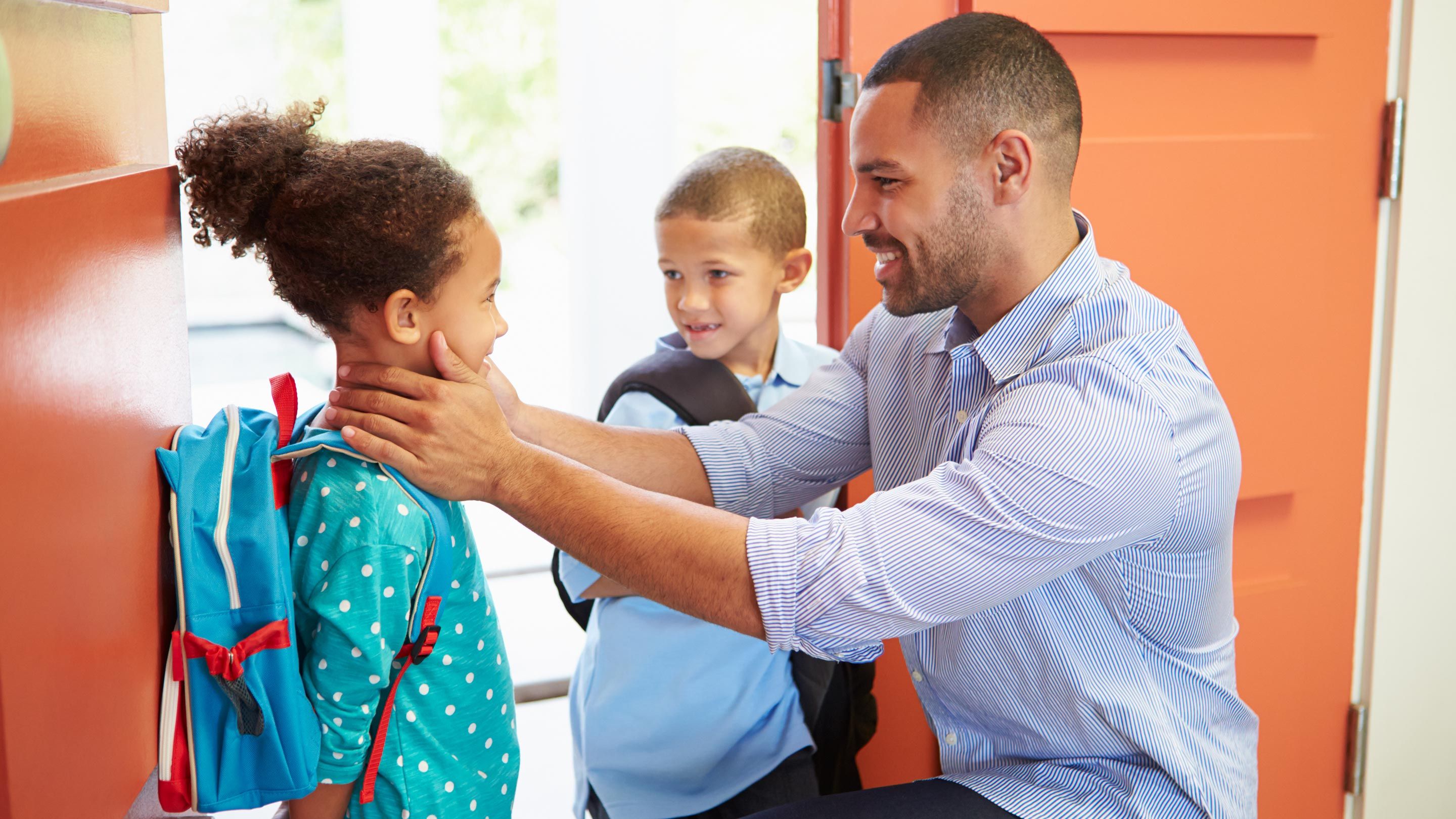As you turn the corner at the store and walk past the toy section, you try to distract your child so they don’t see the new Bluey doll you know they will want. However, as we all know, children can sense when anything they aren’t allowed to have is around. They see the doll and say “I want it.” It might start with a simple request like this, but when their request is denied it quickly escalates into a full blown meltdown. Now your child is screaming, crying, throwing their body on the ground, or maybe even running away from you. In front of everyone.
If you have children, then you have probably experienced some level of public meltdown. If you also struggle with social anxiety, then you might have gotten tense just reading the opening paragraph of this post. These situations might cause you to feel paralyzed and unsure of what to do next. You might leave the store without getting what you need, or you might avoid going to the store with your child altogether for fear that something like this might occur. The store, the playground, family gatherings, and playdates are just a few of the many situations you might avoid for fear of your child drawing negative attention to you or your family.
Unfortunately, the avoidance that may provide us with short-term relief from this discomfort impacts not only us but our children. Emotional dysregulation and behavioral acting-out are a part of normal development. Children need the opportunity to experience these situations and learn from them. Likewise, parents need the opportunity to learn that these situations are uncomfortable but tolerable. Therefore, I’ve put together a few tips for parents from cognitive-behavioral therapy (CBT) on how to navigate the distress they may experience when facing the uncertainty that comes with taking a child on a public outing.
Tip #1: Practice Flexible Thinking

This means identifying any anxious thoughts you might be having about the situation before you even step out of your front door. Notice these thoughts and work on disputing them. Maybe you’re thinking “everyone is going to think I’m a bad parent and I can’t control my child.” Try asking yourself, “what else could be true?” In short, a lot of things. Maybe they are more focused on their own children. Maybe they are having empathetic thoughts toward you. Maybe they ARE thinking you’re a bad parent, but can you handle that?
Tip #2: Parenting Plan
When it comes to setting boundaries and limits with children, consistency is key. Therefore, setting a boundary and limit should look as similar in public to what it looks like in your home. One of the treatments utilized at our practice, parent-child interaction therapy (PCIT), helps parents gain this consistency by establishing a very structured timeout procedure. These techniques can be utilized in public situations by replacing the timeout chair with the timeout square. All you need is to grab a placemat from your kitchen table and you are set. Giving children a timeout in public can also be done in the car. However, it is important to remember that you do not want to reinforce your child’s negative behaviors. So, if your child is screaming that they want to leave and go home, then it is key to return to the store after the timeout is complete in the car. Timeouts in public can be challenging, so be sure to practice at home and get your child used to the idea of it there first. A good rule of thumb for timeouts is 3 minutes plus 5 seconds of calm. This means that the timeout will last a minimum of 3 minutes, but does not end until they are calm for at 5 seconds after that initial 3 minutes. Finally, try to avoid big speeches about what they did wrong. After the timeout, move forward with your day.
Tip #3: Regulation Plan
Model regulation, not dysregulation, for your child. When our children’s emotions become elevated, it is likely that our emotions will start to elevate as well. This can lead to a cycle of dysregulation that continues to increase until it is out of control. However, when we stay calm and regulated, our children are more likely to do the same or come back from that dysregulated state more quickly. Also, when we model regulation skills, it will teach our child how to regulate. Therefore, practice your deep breaths, do your thought challenging out loud, and vocalize that you are trying to calm down too.
Tip #4: Do Exposures!

Creating situations that will allow you to retrain your brain will be the most helpful thing you can do. This could mean taking your child to the grocery store with you, setting up a play date at another family’s home, or walking down the toy aisle at Target even if you don’t have to. Just to be clear, I’m not suggesting tricking your child into a timeout. I am merely suggesting we create opportunities for learning and growth. This will allow you to learn that your children may not respond in the way you think they are going to respond, or you are able to tolerate their responses more effectively than you thought. Finally, and maybe most importantly, you could learn that others won’t respond in the way you expect them to respond.
Tip #5: Accept / Ask for Help
As a recent first-time parent and child psychologist, I am confident in saying that having a child was the most humbling experience of my life. Parenting is hard, and we all need support from time to time. Whether we seek support from your spouse, partner, parent or sibling, giving ourselves the grace and compassion to tap out for a minute can be extremely helpful in both the short-term and long-term. This isn’t avoidance, but a mindful acknowledgement that you might be getting overwhelmed and intentionally choosing to step out of that in order to regulate. When we are able to do this, it will allow us to utilize the first four tips in this post more effectively.
Written by Andrew Rosen, PhD, ABPP, FAACP
NSAC South Florida











